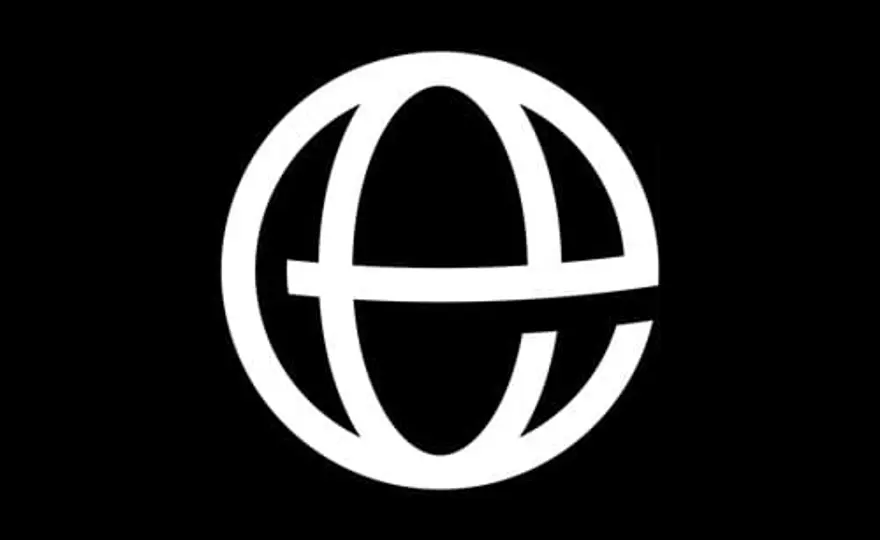ClientEarth Communications
13th December 2017


Overfishing remains a serious threat to European seas and to industry, as EU ministers once again set many quotas with little regard for the law or scientific advice.
The annual limits cover fish in the Northeast Atlantic and North Sea, which supply over 70% of fish caught in the EU.
The Common Fisheries Policy (CFP) legally requires fishing to be sustainable by 2020 at the latest. But today, with only two years until the legal deadline, ministers continued to ignore the science, setting catch limits for many fish stocks too high, including whiting, sole, herring and plaice in and around the Irish Sea, Celtic Seas and West of Scotland.
Some of these stocks, like whiting in the West of Scotland and the Irish Sea, are still dangerously depleted and scientists have advised zero catches for more than ten years, but the EU’s fishing quotas have not followed suit. A serious commitment by everyone involved is urgently needed to reverse the damage done by years of inaction that should have been spent developing plans to restore these stocks to sustainable levels. Unfortunately, fisheries ministers today once again decided to continue business as usual.
ClientEarth lawyer Flaminia Tacconi said: “The 2018 catch limits are bad for oceans and bad for industry.
“The 2018 fishing quotas mean overfishing continues for many stocks, including several vulnerable ones like whiting off the coast of Scotland and Ireland. Ministers must be more ambitious to make fishing in EU waters sustainable. By continuing to defy scientific advice and dodge their responsibility to manage fisheries sustainably, they risk sharp shocks for consumers, industry and the economy in 2020. This will be much more painful than gradual moves towards sustainable fishing, which is what the law was designed for.
“The CFP requires immediate action to make fishing more environmentally sound. 2020 is the legal deadline for all fishing to be sustainable, without exception.
“With two years to meet the deadline, there is no time to waste. We must follow the science to set sustainable fishing limits, then stick to them.”
With the landing obligation coming into force in 2019, and the legal sustainability deadline in 2020, industry and decision-makers are increasingly pushing for special measures to mitigate the challenges they face. Simply removing catch limits or using exemptions, quota top-ups and footnotes which allow overfishing through the backdoor is not the answer. While flexibilities can be very important to help industry adjust, they must not be used to undermine the spirit of the law. EU fisheries must be sustainable in practice, not just on paper. This is the best way to protect our seas and the people who depend on them.
Better transparency is also crucial in the fight for sustainable seas. At the moment, quota negotiations take place behind closed doors. It is impossible to know exactly why catch limits were set to high, what the justification was or which EU country pushed for it. For an essential shared resource like fish, it is unacceptable that European citizens are blocked from scrutinising the process.